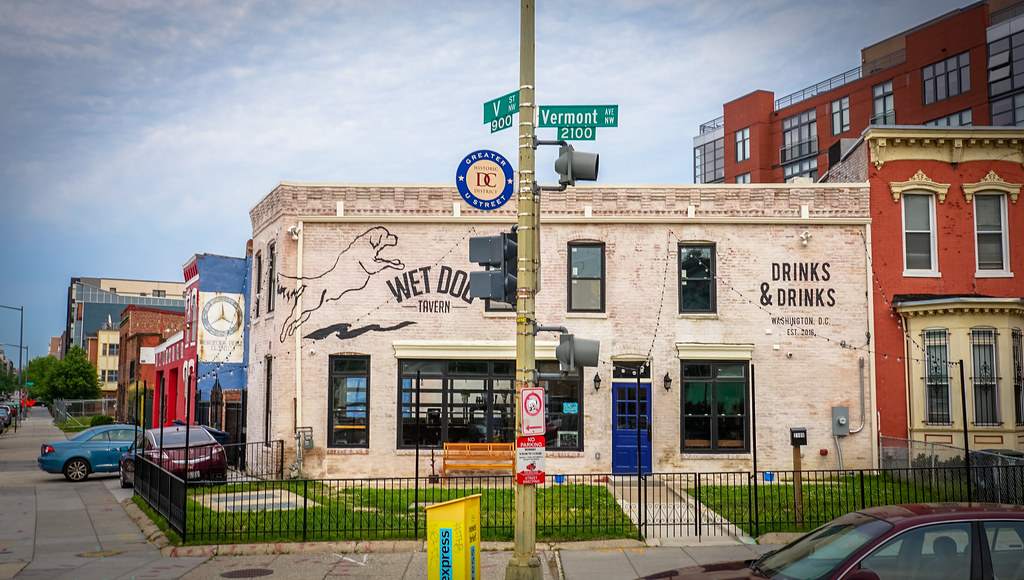
Thanks (again) for using one of my photographs, @DCPolicyCenter.
I love all of the education I receive via the photographs I take, long after they are taken.
This photograph used to adorn this post about a recent @KojoShow on the topic of DC’s housing stock, which is well worth a listen if you’re interested in what make places inclusive or not.
The photograph was taken in April, 2016.
This is what the same location looked like in April, 2017

This location (Vermont Avenue, NW and V street, NW) are just a few blocks north of photos that adorn this post, from Greater Greater Washington (@ggwash):
Which are used as examples (I believe) of micro-segregation. I’ll post on that separately.
In the meantime, I appreciate the value that Washington, DC brings as a learning lab for our nation.
From the report the show references:
Another factor is what an inclusive city could (or should look) like and how market forces and government programs can be combined to help the city get there. Inclusivity could mean many things: mixing incomes, mixing households of all sizes, or having residents of all ages and all races and ethnicities, or a combination of these. But beyond that, the term remains underdefined because it is extremely hard to build an infallible vision around a more granular or neighborhood-level view of inclusivity. The District has a long history of segregated neighborhoods, by both income and race, and recent demographic and economic growth has not reversed this type of segregation. In fact, concentrated poverty and segregation has increased. The city’s housing policies—both historical and current—have contributed to this outcome.Taking Stock of the District’s Housing Stock: Capacity, Affordability, and Pressures on Family Housing – D.C. Policy Center
Executive Director Yesim Sayin Taylor discusses D.C.’s housing stock on the Kojo Nnamdi Show – D.C. Policy Center